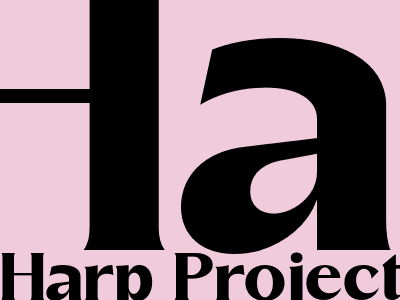
Harp Project
The Harp Project: Unlocking the Power of Music for People with Disabilities
Introduction
Music has the transformative power to uplift, inspire, and connect us with others. For people with disabilities, the Harp Project aims to harness the potential of music as a therapeutic tool, empowering individuals to overcome challenges and live fulfilling lives.
The Foundation of the Harp Project
Founded in 2002 by Elizabeth Crotty, a visionary music therapist, the Harp Project provides music therapy services to people with disabilities in hospitals, rehabilitation centers, and community settings. The project's mission is threefold: to promote healing and well-being, foster emotional expression, and create inclusive musical experiences.
Therapeutic Benefits of Music for People with Disabilities
* **Improved Physical Coordination:** Engaging in music can strengthen fine motor skills, coordination, and balance. * **Enhanced Cognitive Function:** Music therapy can improve memory, attention span, and problem-solving abilities. * **Reduced Stress and Anxiety:** The soothing melodies and rhythms of music can calm nerves and reduce stress levels. * **Increased Socialization:** Music therapy offers a platform for people with disabilities to interact with others, build relationships, and feel a sense of belonging. * **Emotional Expression and Self-Awareness:** Music provides a safe and supportive space for individuals to process emotions, express themselves creatively, and develop greater self-understanding.
Unique Features of the Harp Project
The Harp Project's approach is unique in its emphasis on: * **Individualized Therapy:** Each therapy session is tailored to the specific needs and abilities of the individual. * **Collaboration with Healthcare Professionals:** Therapists work closely with medical professionals to develop a comprehensive treatment plan that complements traditional therapies. * **Community Involvement:** The Harp Project engages the community through concerts, workshops, and advocacy efforts to raise awareness about disability and the role of music therapy.
Case Studies and Success Stories
Numerous case studies demonstrate the positive impact of the Harp Project. One such story is that of Michael, a young man with cerebral palsy. Through music therapy, Michael has improved his communication skills, gained greater self-confidence, and found a way to express his thoughts and feelings.
Conclusion
The Harp Project is a beacon of hope for people with disabilities, empowering them through the transformative power of music. By providing individualized therapy, fostering collaboration, and engaging the community, the Harp Project creates inclusive musical experiences that unlock potential and enhance the well-being of individuals. As the project continues to grow and reach more people, it stands as a testament to the transformative power of music and the unwavering belief that everyone deserves the opportunity to experience its healing benefits.
Comments